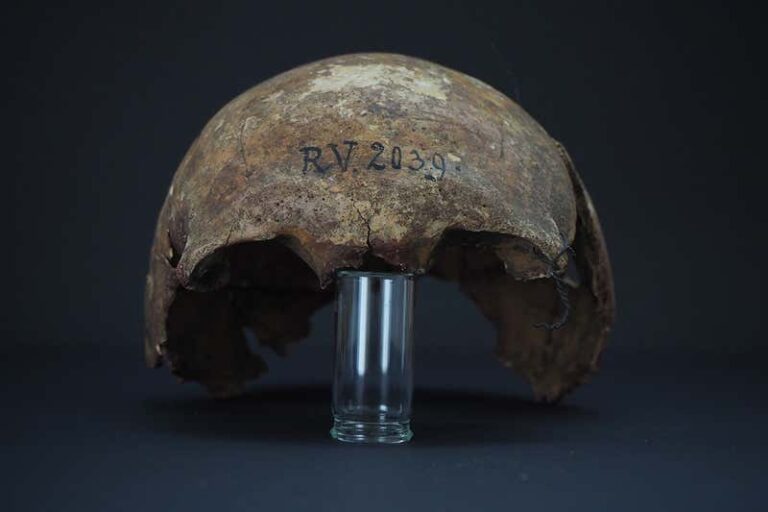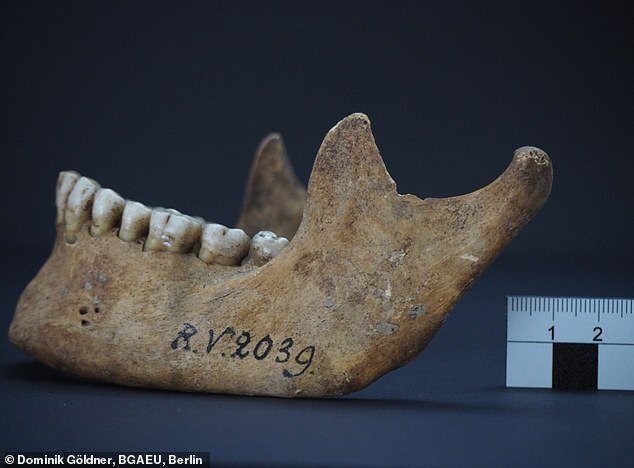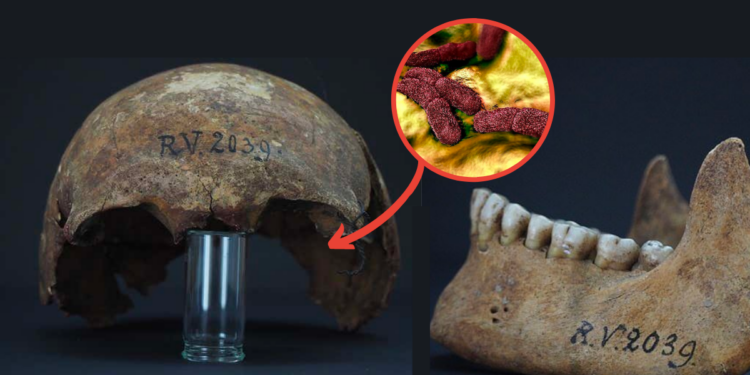The first strain of Yersinia pestis – the germs that caused the Black Death, a terrible bubonic plague pandemic in the 14th century – has been discovered by scientists.
The earliest known plague strain, Yersinia pestis, was discovered in the 5,000year-old remains of a male hunter-gatherer, named RV 2039, in the Rinnukalns region of present-day Latvia.

According to Krause-Kyocera, the absence of the germs in three other people buried near to the man, nicknamed RV 2039, is one sign of a less fatal condition.
The decreased virulence leads the researchers to believe that the plague was not to blame for the collapse of European people between 5000 and 6000 years ago, as reported in a 2018 publication examining the genomes of Swedish farmers.
“The question of whether Yersinia pestis played a significant influence in the Neolithic collapse is still being debated,” adds Krause-Kyocera. “Our hypothesis directly contradicts the previous one.
Perhaps it was a more persistent, pervasive sickness. It certainly resulted in some deaths, but perhaps not to the extent that it did in the Middle Ages.”
The individual could have been bitten by a rodent carrying Yersinia pestis, such as a beaver. The animals’ remains were discovered at the same location in Latvia, near the Salacia River.
According to Krause-Kyocera, the data suggests that the epidemic moved from animal to human at the time, rather than human to human.
The bacteria hadn’t yet developed the genetic mutation that allows it to be carried by fleas and infect and kill so many people centuries later.

The evidence for the idea that the plague was milder 5000 years ago is insufficient, according to Simon Rasmussen of the University of Copenhagen in Denmark. “There are no fresh results to support these claims,” he continues, “so it remains a theory.”
Rasmussen also believes the new research does not refute the case he and his colleagues made in 2018 that the plague was to blame for the Neolithic collapse.
“The individual does, in fact, coincide with the Neolithic fall and was most likely killed by the disease.” We know that huge settlements, trade, and transportation occurred during this time, so human interaction remains a very probable source of the plague’s spread in Europe,” he says.























